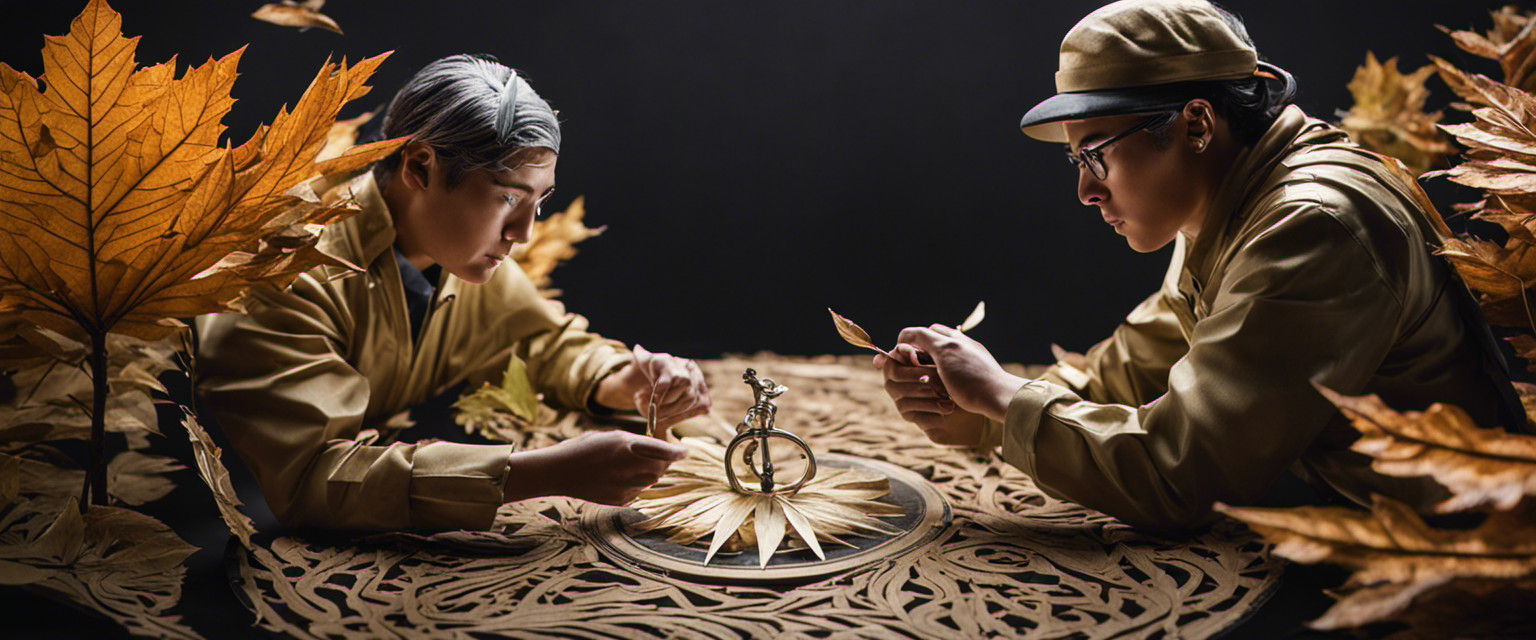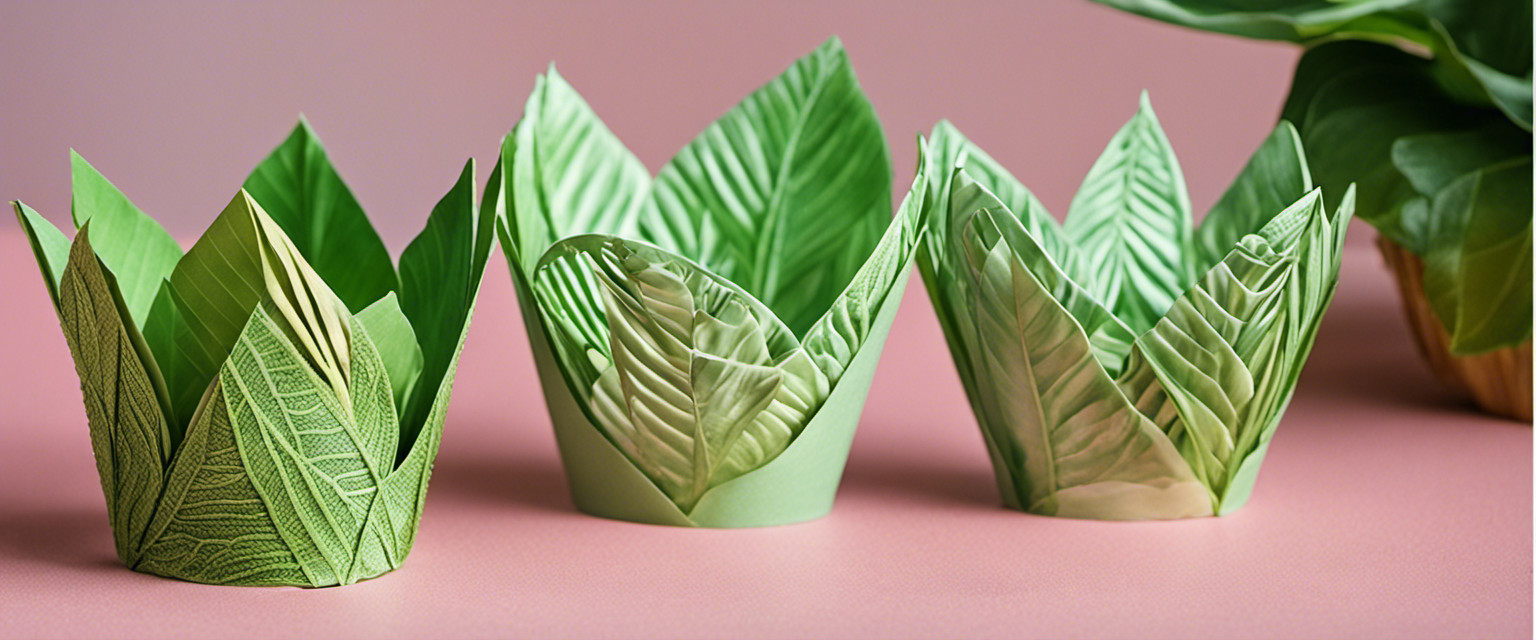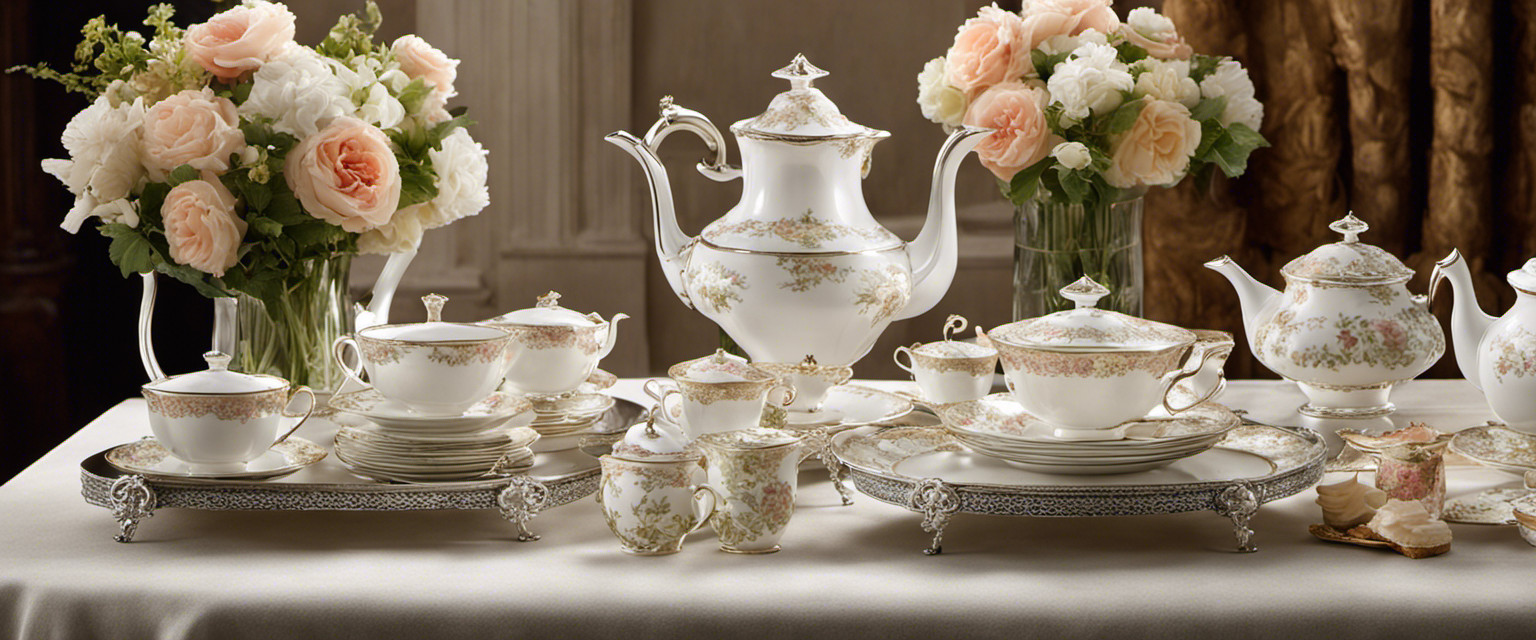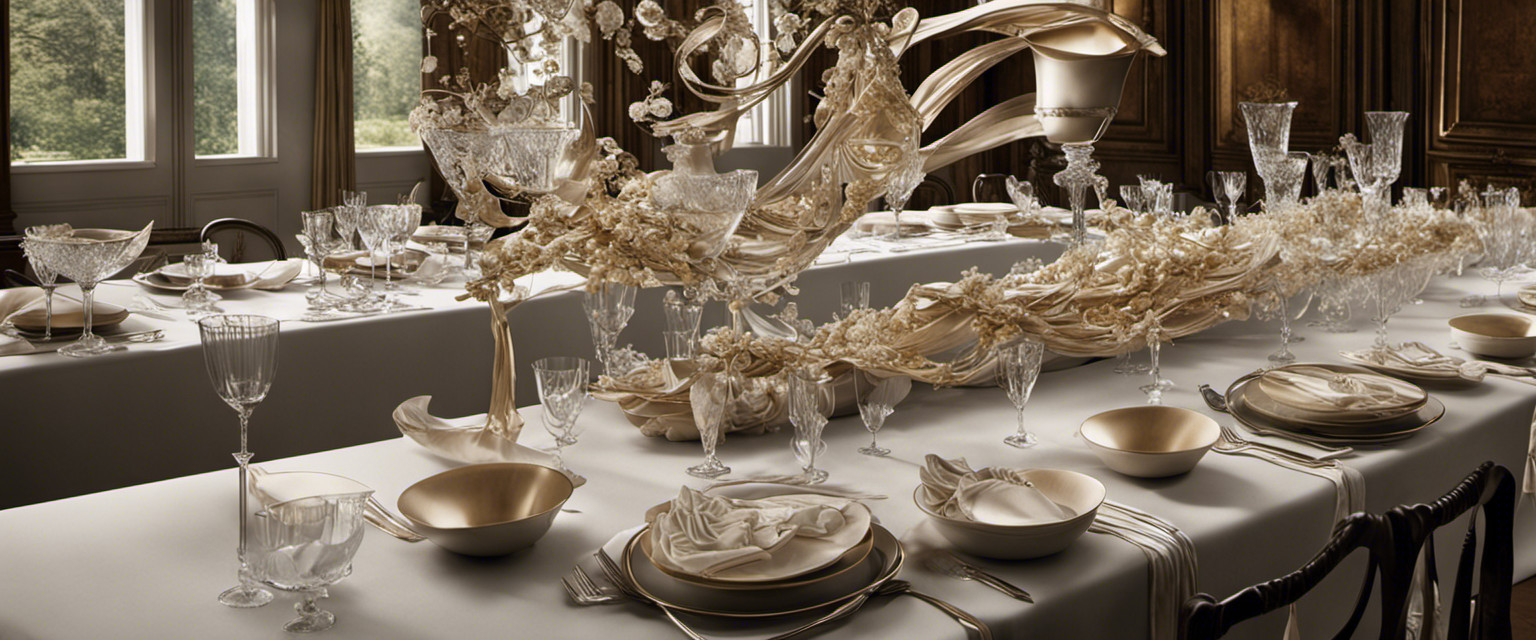In the realm of domestic utensils, napkins have long served as a practical and decorative element of table settings. Their historical significance can be traced back to ancient civilizations, where they were employed for various purposes.
This article aims to delve into the subject matter of napkins by exploring their diverse types and providing tips for skillful folding techniques. By imparting knowledge on these seemingly trivial matters, readers will gain a deeper appreciation for this often overlooked household item.
Napkin History
This discussion will explore the ancient origins of napkins and their subsequent evolution over time.
The history of napkins can be traced back to ancient civilizations such as the Romans and Greeks, who used pieces of cloth or papyrus to wipe their hands and mouths during meals.
Over the centuries, napkins have evolved in terms of materials used, design patterns, and cultural significance, reflecting changes in social customs and dining practices.
Understanding this timeline of napkin evolution provides valuable insights into the development of human culture and hygiene practices throughout history.
Ancient Napkin Origins
Ancient napkin origins can be traced back to various civilizations, including the ancient Greeks and Romans. Napkins held cultural significance and were used in ritualistic ways during meals and ceremonies.
In Greek culture, napkins were a symbol of hospitality and were offered to guests as a sign of respect.
Romans used napkins for personal hygiene, wiping their hands and faces during meals.
This rich history sets the stage for exploring the subsequent section on the napkin evolution timeline.
Napkin Evolution Timeline
The evolution of napkins can be traced through various historical periods, including significant advancements in their design and functionality.
Napkins have played a culturally significant role in different societies throughout history. From the early cloth napkins used by ancient civilizations to the development of paper napkins in the 19th century, these items have undergone changes that reflect both societal needs and technological advancements.
Alongside their practical uses, napkin usage etiquette has also evolved over time, with customs varying across different cultures and social settings.
Main Explanation: Types of Napkins
One way to categorize napkins is by their material composition. Napkins can be made from various materials such as cotton, linen, paper, or synthetic fabrics. Each material has its own advantages and disadvantages in terms of durability, absorbency, and aesthetics.
Napkin folding techniques vary across cultures and serve both practical and decorative purposes. For example, in Japanese culture, intricate napkin folding is known as origami and is used to enhance the dining experience and show respect for guests.
Tips for Napkin Folding
A variety of techniques for napkin folding can be employed to add an elegant and decorative touch to table settings.
Creative napkin folding allows for unique napkin presentation, enabling individuals to showcase their artistic flair and attention to detail.
By experimenting with different folds such as the fan fold, diamond fold, or rose fold, one can create visually stunning arrangements that elevate the dining experience.
These creative touches not only enhance the aesthetic appeal but also provide a sense of freedom and expression in table design.
Final Thoughts
In conclusion, it is evident that the art of napkin folding offers a wide range of creative possibilities for table decoration and presentation.
However, its importance goes beyond aesthetics. Napkin etiquette plays a crucial role in formal dining settings, reflecting one’s sophistication and attention to detail.
Furthermore, napkins can be used creatively beyond their intended purpose. They can serve as makeshift coasters or even be folded into intricate designs to add an extra touch of elegance to any occasion.
Frequently Asked Questions
How Many Napkins Are Typically Used per Person During a Meal?
The typical number of napkins used per person during a meal varies depending on cultural and individual practices. However, it is common for individuals to use one to two napkins during a meal.
What Is the Proper Etiquette for Using Napkins at a Formal Dinner?
The proper etiquette for using napkins at a formal dinner involves employing proper napkin folding techniques and creatively displaying them. These practices contribute to an atmosphere of elegance and sophistication in the dining experience.
Are Paper Napkins More Environmentally Friendly Than Cloth Napkins?
The pros and cons of using paper napkins versus cloth napkins, as well as the environmental impact of paper napkin production compared to cloth napkins, are important factors to consider when discussing their relative sustainability.
Can Napkins Be Reused After Wiping Hands or Faces?
The reusability of napkins is a subject of inquiry. This discussion examines the potential for napkins to be used multiple times after wiping hands or faces, considering alternative options to traditional disposable napkins.
Are There Any Health Benefits Associated With Using Napkins During Meals?
The health benefits of using napkins during meals are limited. While they can help prevent the spread of germs and protect clothing from stains, alternatives such as cloth towels or hand sanitizers may offer more significant advantages in terms of hygiene.






